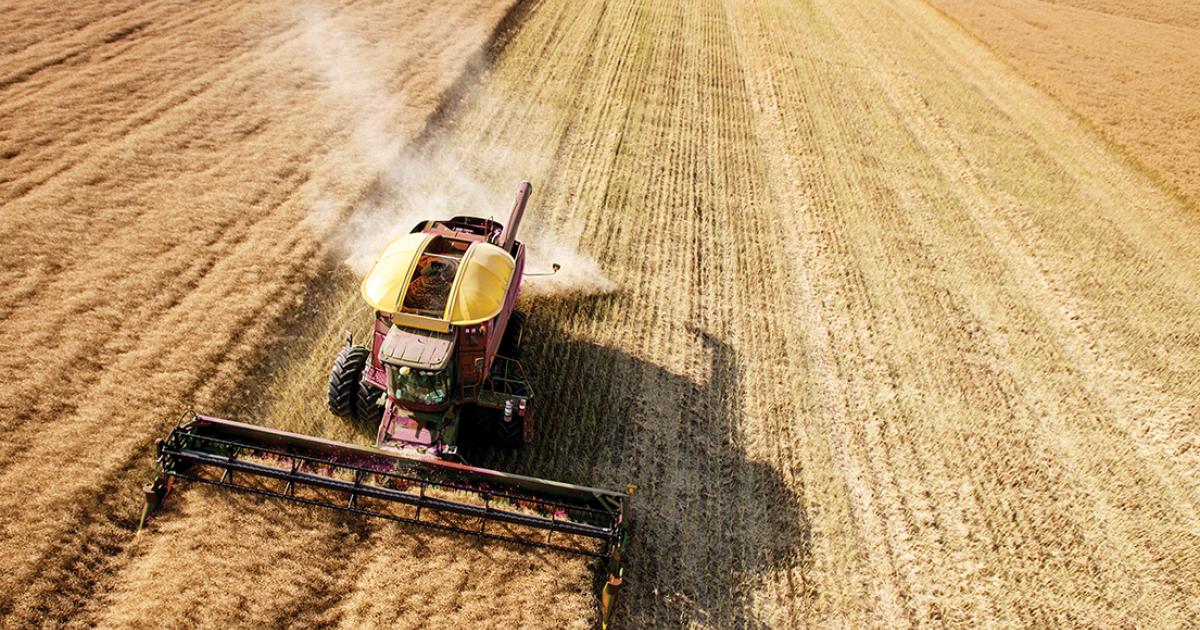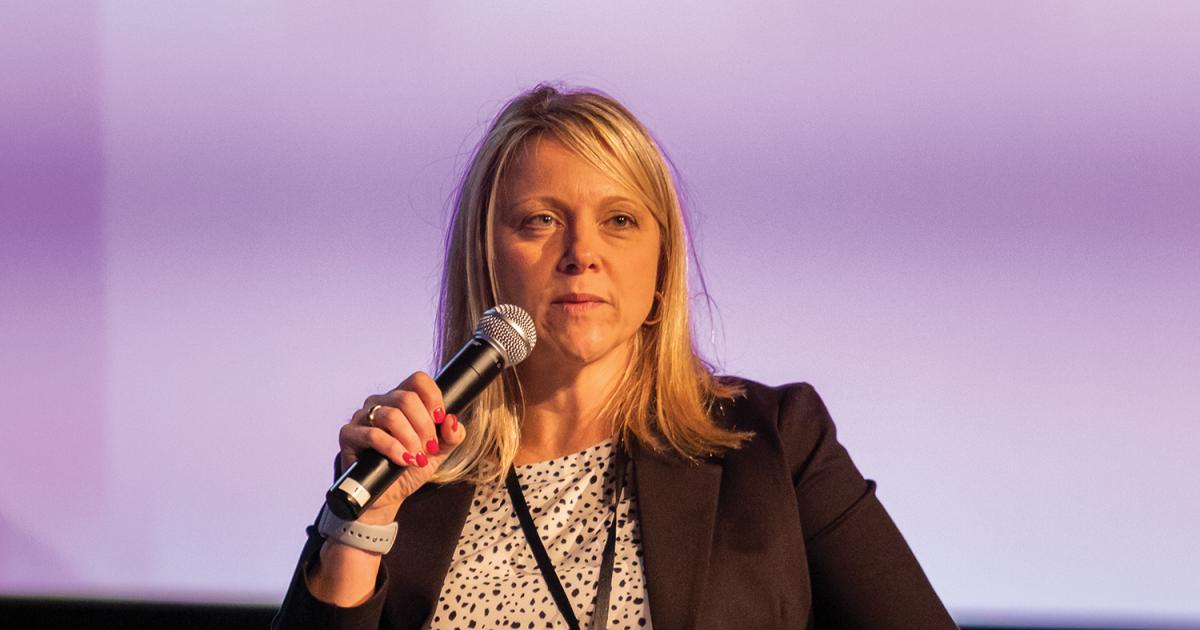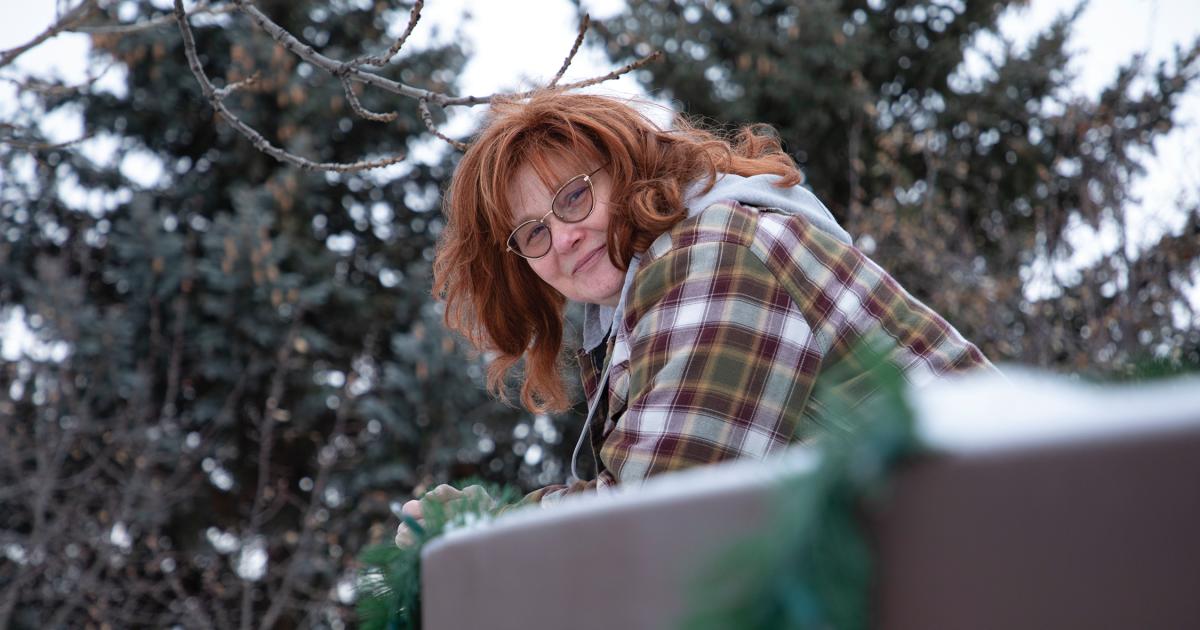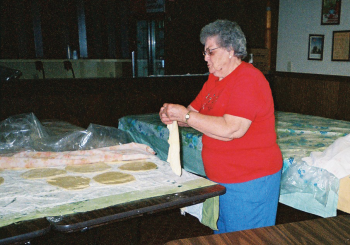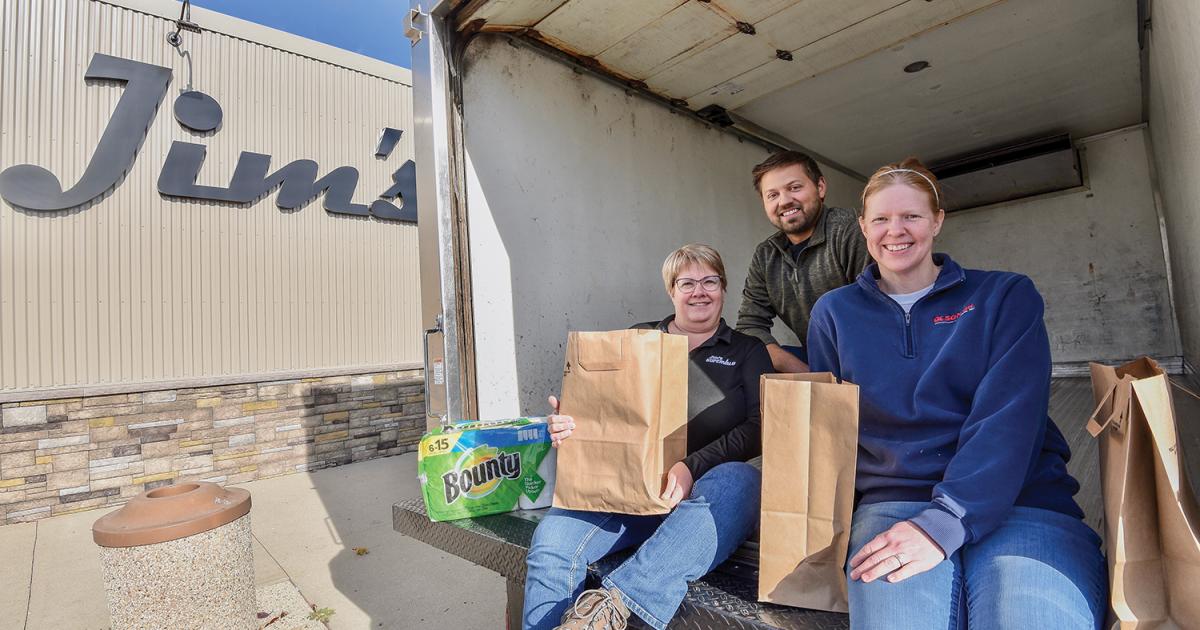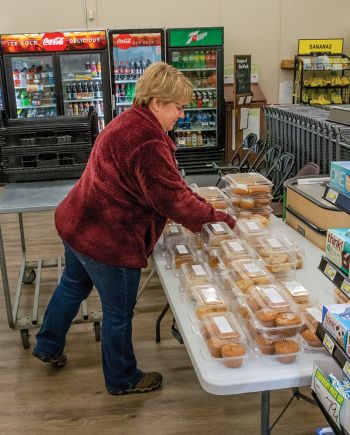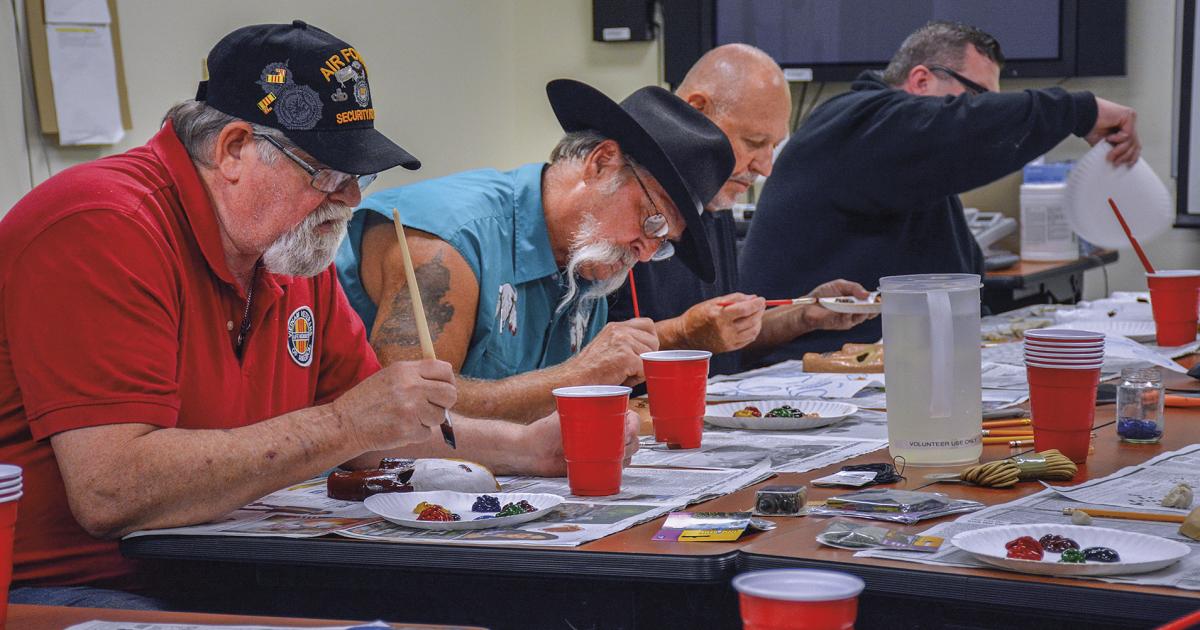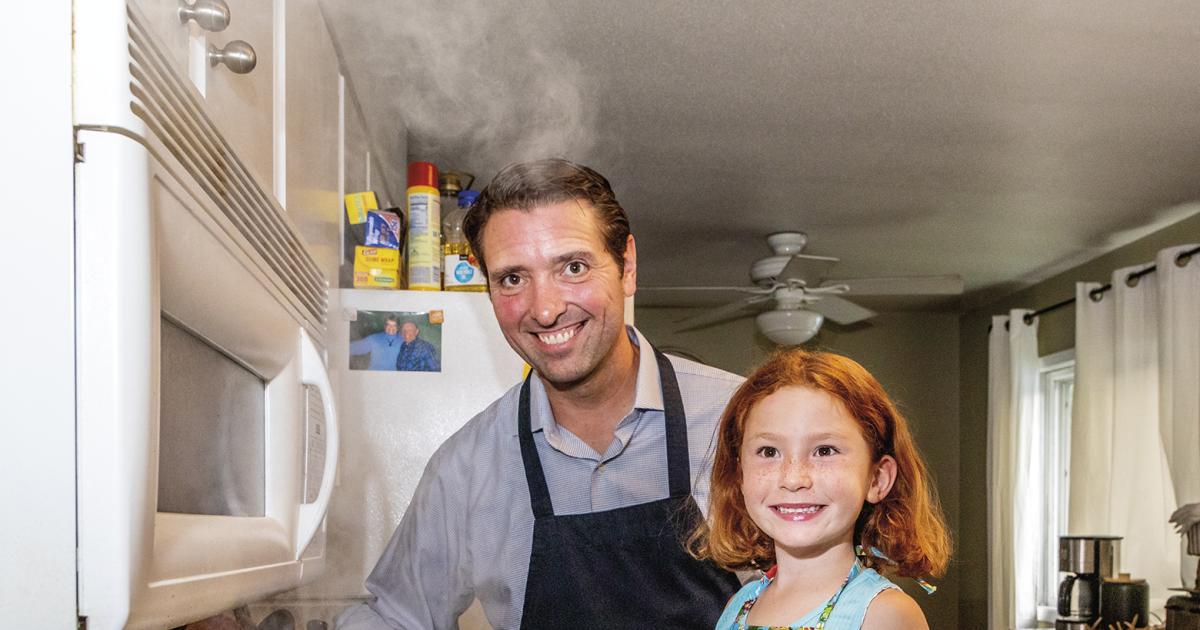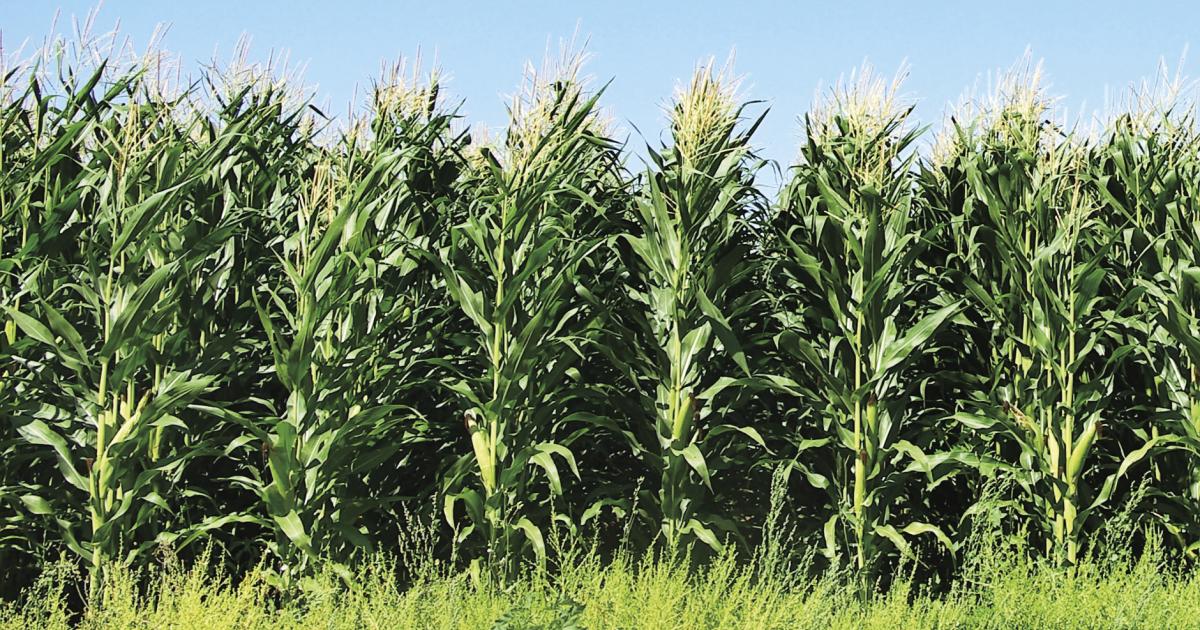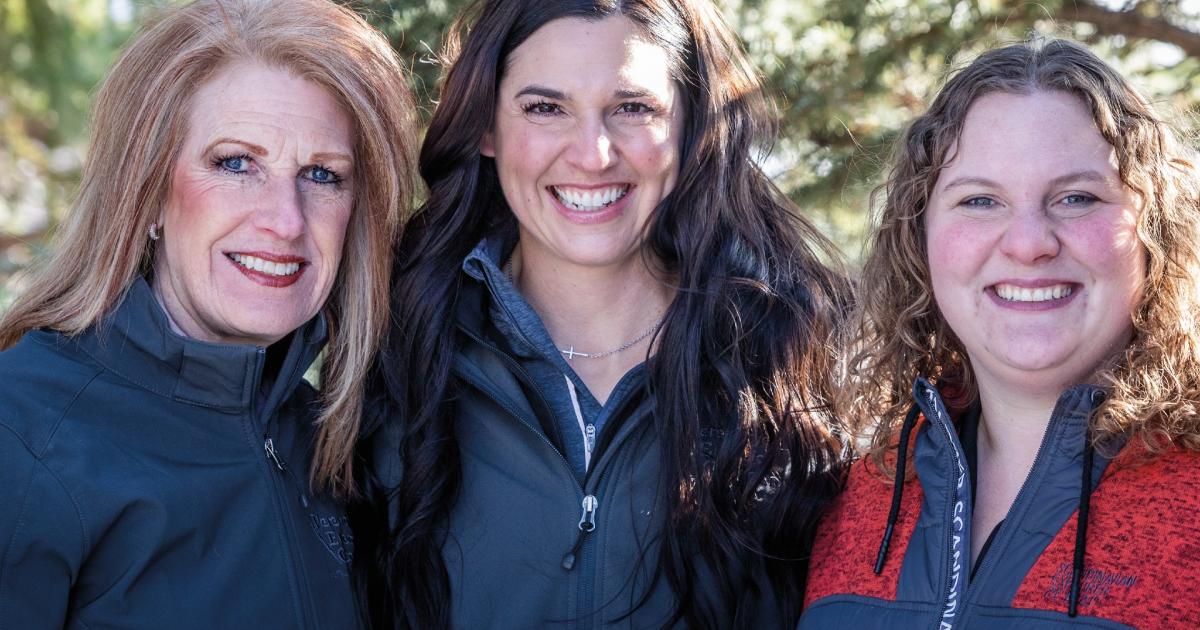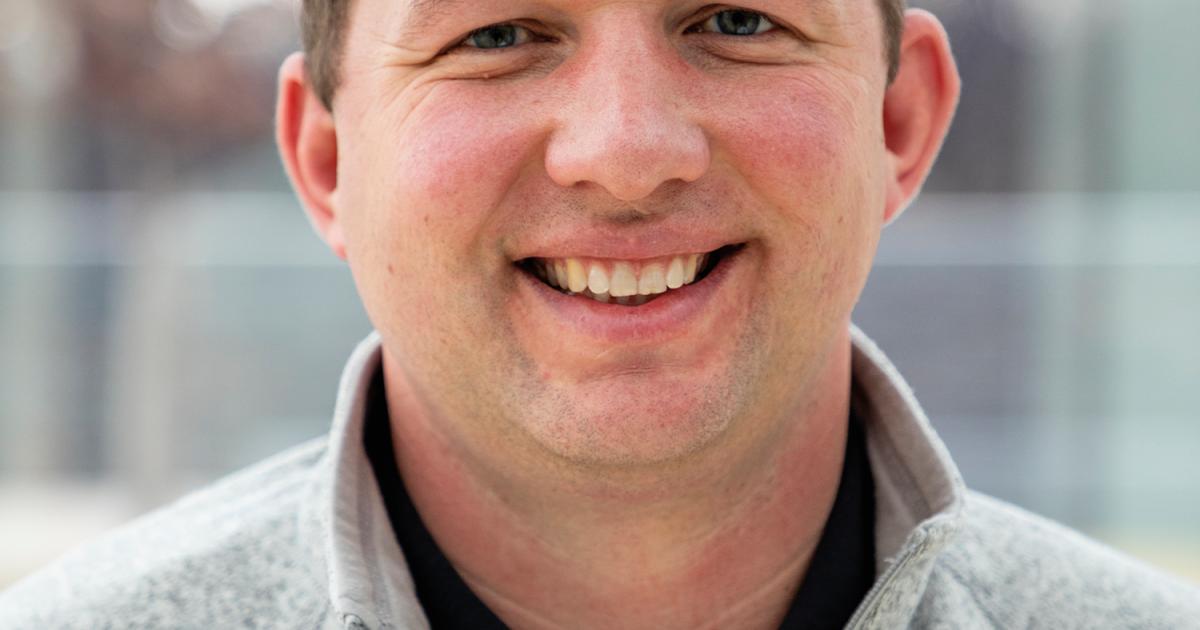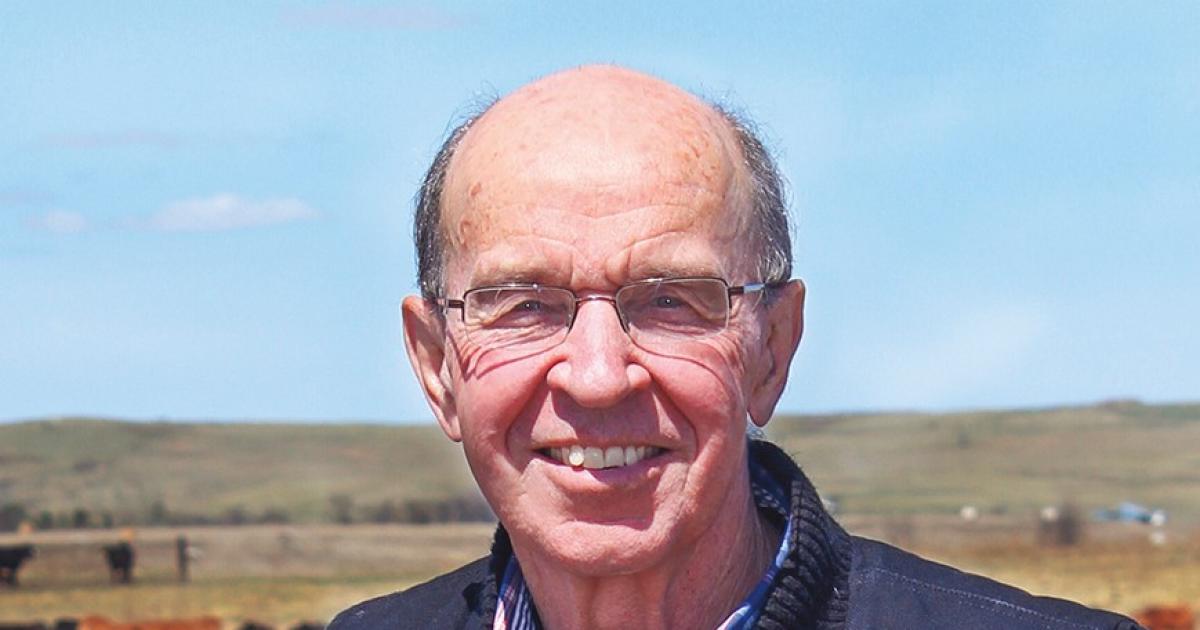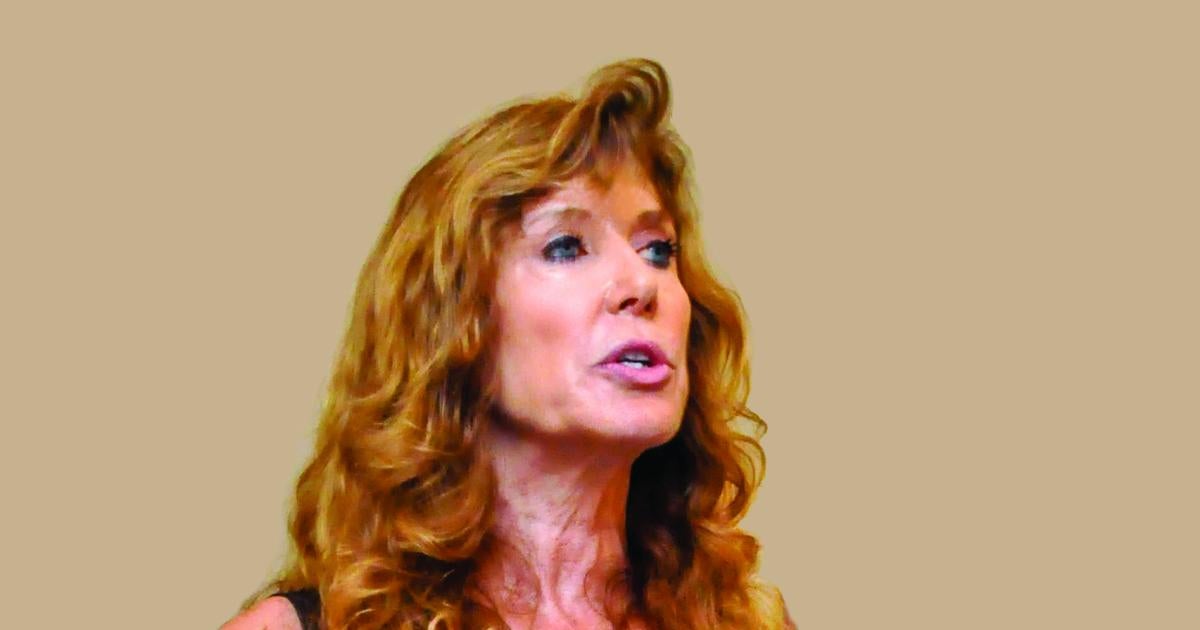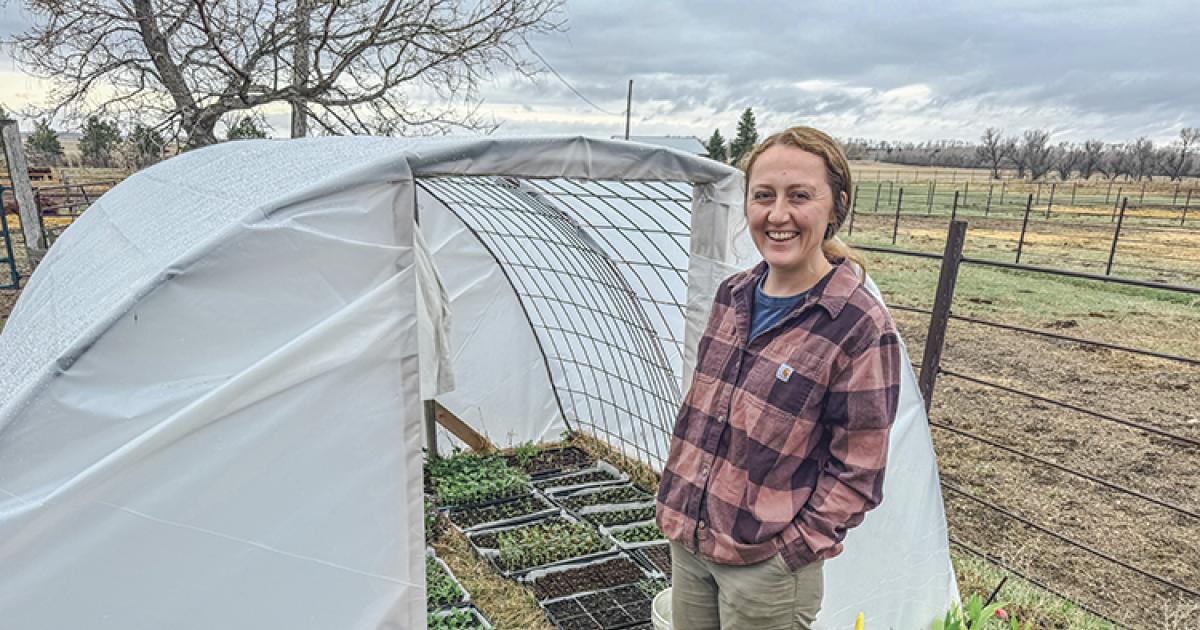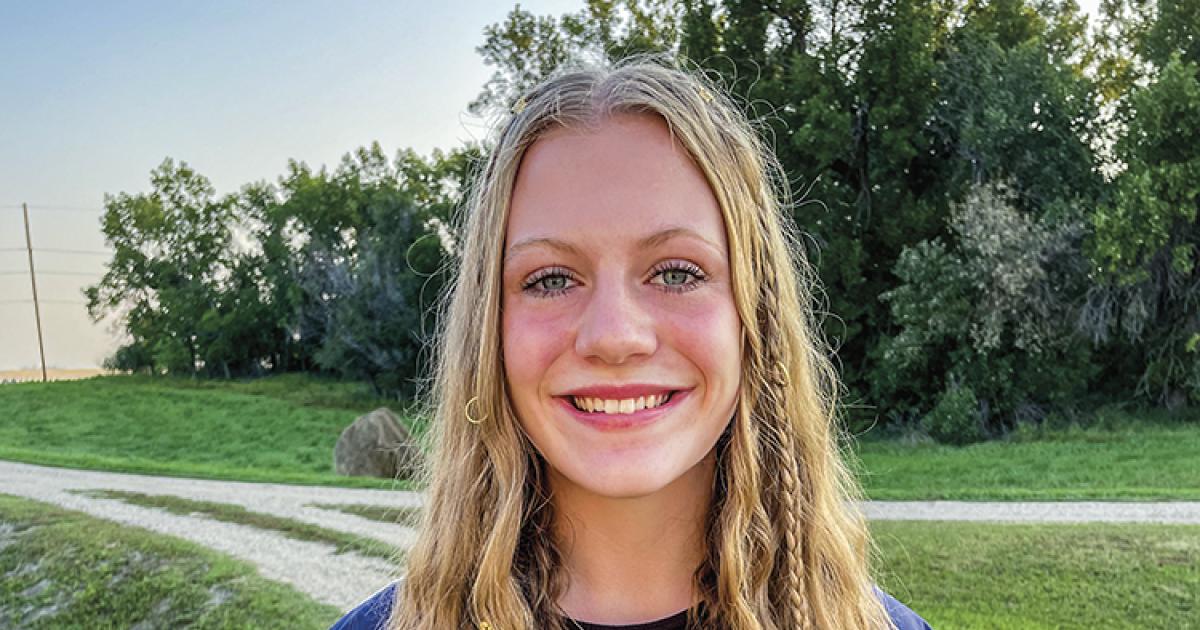It’s not beans and biscuits feeding hungry cowboys anymore.
The chuckwagons of the Old West have evolved to serve the gamut of palates. From barbecue sundaes and pulled pork parfaits, to Mexican-German fusion chili and the Fargo Fillie, the modern food truck has found a permanent parking spot in America’s food scene.
Cally Peterson
Nothing was ever handed to the Lamoureux twins. Monique Lamoureux-Morando and Jocelyne Lamoureux-Davidson carved their own success through hard work and determination, which led them to become North Dakota’s first Olympic gold medalists.
There is one significant piece of their story, however, that was out of their control, but certainly helped prepare the identical twins for the big moments – their upbringing in North Dakota.
Even in the depths of winter, Meigan Cameron finds the beauty in nature. She has mastered bringing the outside in, turning her home into a haven for plants and herbs. And, despite the Nanking cherry and apple trees in her yard being draped in white, she strives to include fruits and veggies in her family’s meals.
“In wintertime, fresh veggies are precious, so I like to make good use of what is readily available,” she says.
This year, images from Afghanistan entered American homes, as the United States exited the country and ended a 20-year war. The U.S. withdrawal from Afghanistan and subsequent Taliban takeover of the country was highly covered news across all media.
But for more than 4 million American veterans or active-duty personnel who have served since 9/11, those images go deeper. They trigger complex emotions and questions. Did my service matter? Were our losses for nothing?
After spending most of his 20s “running from North Dakota” and working at resorts and restaurants in Minnesota and Florida, Jeff Benda changed directions.
The Grand Forks native and son of a U.S. Air Force veteran found himself working toward a teaching degree in Valley City and surrounded by a group of friends who introduced him to
hunting.
“It was hunting that kept me here in North Dakota,” he says. “Being out in the country, in a small town like Valley City, I’d finally developed a sense of place and belonging, and just fell in love with it.”



